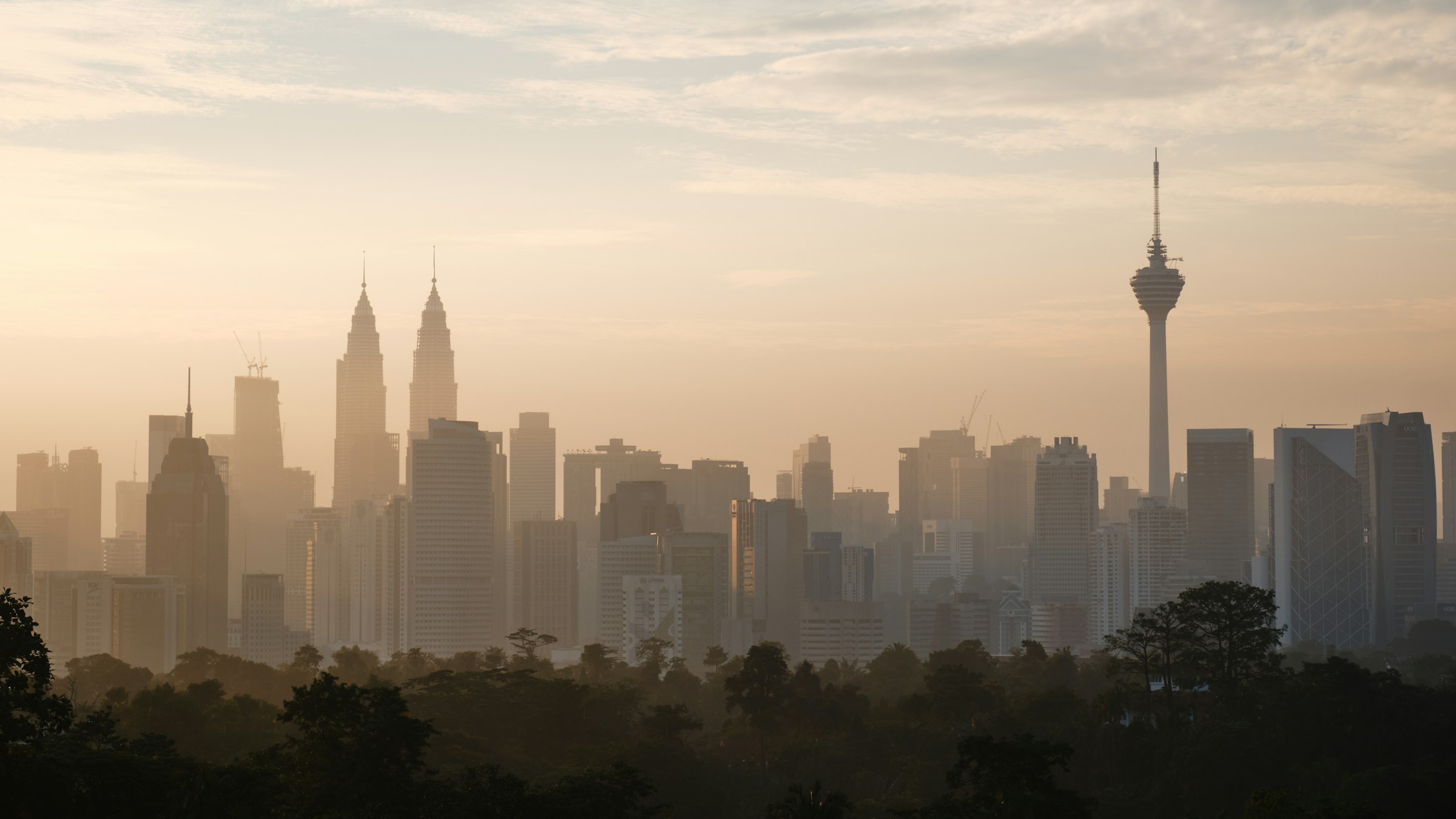The announcement landed without the usual political fanfare. On August 1, the United States quietly reduced its import tariff on all Malaysian goods from 25% to 19%, just weeks after affirming a harsher rate under its updated reciprocal trade action framework. For most observers, it may read as a minor rollback. For policymakers, sovereign allocators, and regional strategists, the adjustment is a calculated signal—one that straddles optics and operational necessity.
This isn’t just a tariff cut. It’s a strategic recalibration by the US—and a warning for Malaysia.
To understand the significance of the 6-point reduction, one must consider the backdrop. In July, the White House reaffirmed a flat 25% tariff on all Malaysian imports, part of a broader protectionist turn rooted in national security supply chain concerns. While the top-line rate matched earlier sector-specific tariffs from Q2, the blanket nature of the July move sent a clear message: alignment with US supply resilience goals would be enforced, not encouraged.
Now, barely four weeks later, Washington has revised that posture.
The new 19% tariff is not a full rollback—it still imposes meaningful friction—but the number matters. It's a psychological marker, a calibrated nudge rather than a sanction. Malaysia remains on notice, but is no longer lumped with pariah states in Washington’s evolving tariff logic. And it’s no coincidence that the move comes amid signs of manufacturing and re-export interdependence between Malaysia and US firms in medtech, aerospace components, and semiconductor backend.
Malaysia has long been a secondary but stable node in global supply networks. It is not a manufacturing behemoth like China or a rising alternative like Vietnam. But it holds structural value, especially in niche areas such as silicon wafer testing, specialty chemicals, palm derivatives, and contract manufacturing for high-precision parts.
The initial 25% tariff threatened to produce spillover constraints—not just for Malaysian exporters, but for American buyers relying on these parts in mid-stream operations. In a bid to pressure Malaysia to align with US strategic interests, Washington risked strangling segments of its own industrial throughput.
The tariff cut, then, signals recognition of that miscalculation. And it reflects a broader White House approach: maximum flexibility with minimum political cost. No formal deal needed. No new framework announced. Just a “revised rate” from the Office of the US Trade Representative—effective immediately.
The Malaysian ringgit reacted modestly to the news, holding flat against the dollar while posting slight gains versus the euro and yen. The restrained currency response masks a more meaningful sentiment shift: capital is watching for consistency. Sovereign wealth funds and regional portfolio managers had largely paused Malaysian mid-cap reallocation in recent months, wary of trade shocks and tariff volatility.
With the revised 19% rate, some of that hesitation may ease—particularly in sectors exposed to US import volumes, like industrials and E&E (electrical & electronics). Still, few will move aggressively without clearer signs that tariff moderation is structural, not transactional.
From Singapore to Seoul, the adjustment is also being read as a test case. Can a mid-sized economy partially realign without becoming collateral in US-China decoupling? And will Washington’s tariff stance toward regional partners now be priced as a floating band—19% today, 23% tomorrow—depending on compliance and cooperation?
For Malaysia, the tariff cut delivers short-term breathing room—but exposes deeper vulnerability. The country’s export resilience has always depended on quiet dependability: compliance with WTO rules, bilateral flexibility, and regulatory predictability. Yet that model assumes counterpart stability—something no longer guaranteed under the US’s evolving trade policy, which is increasingly driven by domestic industrial logic rather than multilateral norms.
This shift forces Malaysia into a more assertive stance. To avoid future tariff whiplash, it must deepen economic diversification—not just across products, but trading partners. More bilateral hedging with Japan and Korea. More joint capacity-building in ASEAN frameworks. And, critically, more visibility in shaping the rules of the digital and green trade corridors where future growth lies.
The tariff rate may have changed, but the nature of the signal has not. Trade policy today is no longer just about protecting domestic industries. It’s a lever for geopolitical alignment, for securing upstream control, and for shaping regional postures. The 19% number is neither punitive nor generous. It is precise—and that makes it political. Washington wants Malaysia compliant but not comfortable. Strategic but not autonomous. Cooperative, not neutral.
And for global markets, the signal is clear: the rules of trade are now more tactical, more fluid, and more contingent than ever before. This tariff cut may look like flexibility—but it’s conditional, calculated, and deeply strategic.















